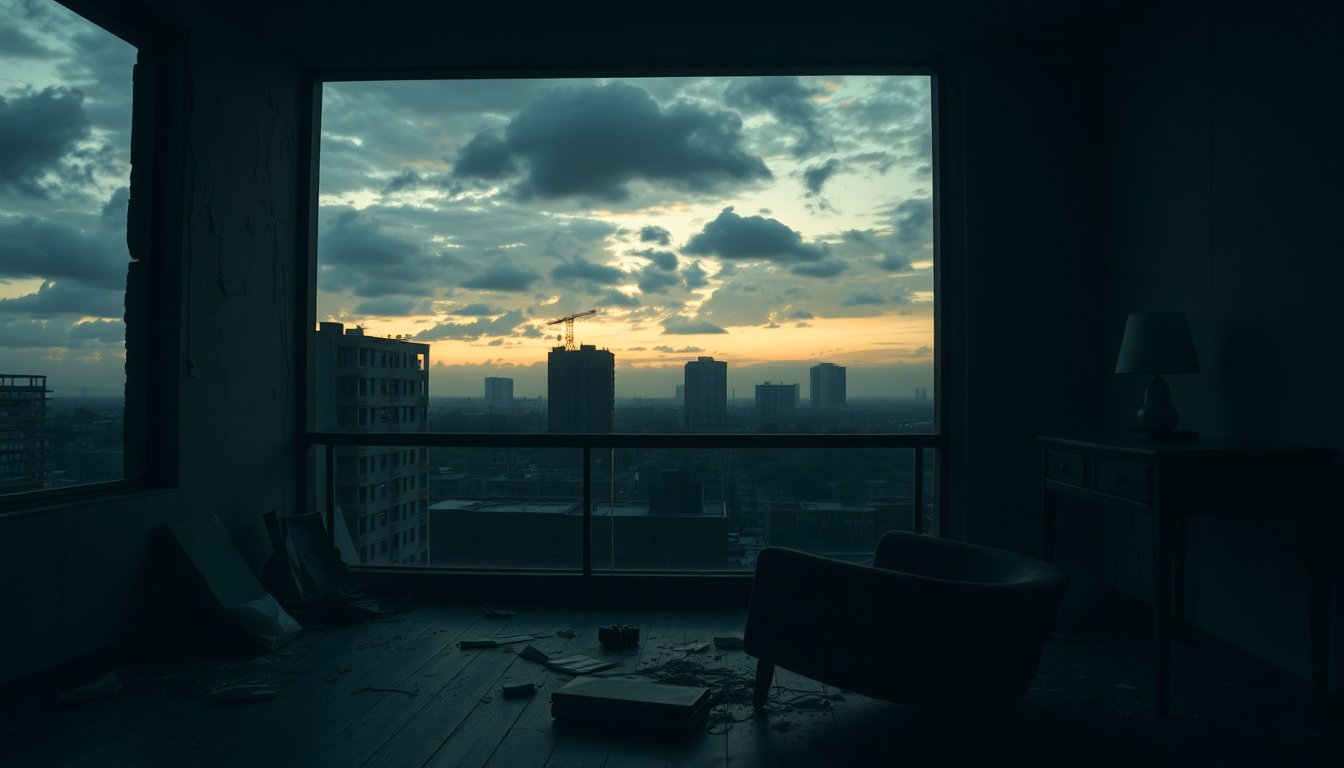Table of Contents
The film Keeper, directed by Osgood Perkins, explores the experimental horror genre with a narrative designed to intrigue and challenge conventional storytelling. While some viewers may find its structure confusing, the film seeks to provoke feelings of unease and reflection on human relationships and the essence of fear. Perkins, recognized for his earlier works like Longlegs and Monkey, continues to expand the boundaries of horror, inviting audiences to rethink what the genre can entail.
Setting the stage: a weekend getaway gone awry
At the center of Keeper is an innocent excursion—a couple’s romantic retreat to a secluded cabin in the woods. Liz, played by Tatiana Maslany, embarks on this journey with her boyfriend Malcolm, portrayed by Rossif Sutherland. However, the cabin serves as more than just a backdrop; it becomes a character in its own right, embodying the false sense of security that often precedes horror. Its modern design, featuring expansive windows and warm wooden interiors, sharply contrasts with the tension that unfolds within its walls.
Character dynamics and underlying tension
The film’s characters unfold into complex layers as the story progresses. Malcolm, a physician, has a demeanor that shifts between nerdy charm and unsettling behavior, drawing viewers’ intrigue. However, his initial appeal quickly fades as a series of odd incidents suggest deeper issues. The couple’s interactions prompt questions about commitment and emotional stability, especially as Malcolm’s comments reveal a troubling pattern.
Perkins crafts a narrative that mirrors the anxieties of contemporary relationships. The film critiques the concept of the serial monogamist, illustrating the protagonist’s concerning patterns in romantic involvement. Through Malcolm’s interactions and Liz’s increasing discomfort, viewers are encouraged to reflect on the real-life implications of such behaviors.
Exploring the absurd and surreal in Keeper
In Keeper, Perkins skillfully weaves a sense of the absurd throughout the narrative. The introduction of Malcolm’s cousin, Darren, adds a layer of unsettling charisma that amplifies the film’s tension. His character evokes a sense of foreboding, leaving viewers questioning his true intentions. The absurdity escalates with the arrival of Minka, a model with limited English proficiency, who enhances the film’s surreal atmosphere. This blend of characters intensifies the unease, creating a blurred line between reality and nightmare.
Exploring psychological themes in film
A pivotal moment arises when Liz consumes a chocolate cake delivered to the cabin, triggering a series of disturbing visions. These hallucinations—featuring ghostly figures and unsettling memories—compel Liz to confront her past and the troubling reality of her present. The cake evolves into a symbol, representing the hidden horrors beneath her relationship with Malcolm.
As the narrative unfolds, the audience grapples with the implications of Liz’s experiences. The visions she encounters act as a metaphor for the deterioration of her relationship and the accompanying psychological turmoil. The director crafts these sequences with a dreamlike quality, prompting viewers to question the nature of reality and the fragility of the human psyche.
A unique cinematic experience
Keeper emerges as a notable entry in the horror genre. It defies traditional storytelling by merging absurdity with psychological depth. While some viewers might find its experimental style challenging, those who engage with its intricacies can discover significant reflections on the human condition. Director Perkins encourages audiences to explore the unsettling aspects of fear, commitment, and the darker sides of relationships.
This unconventional film exemplifies the potential of modern horror—not just to frighten, but to provoke critical thought. Keeper reminds us that the real sources of terror often stem from the complexities of our lives rather than supernatural elements.


